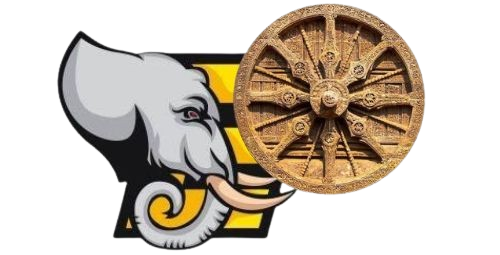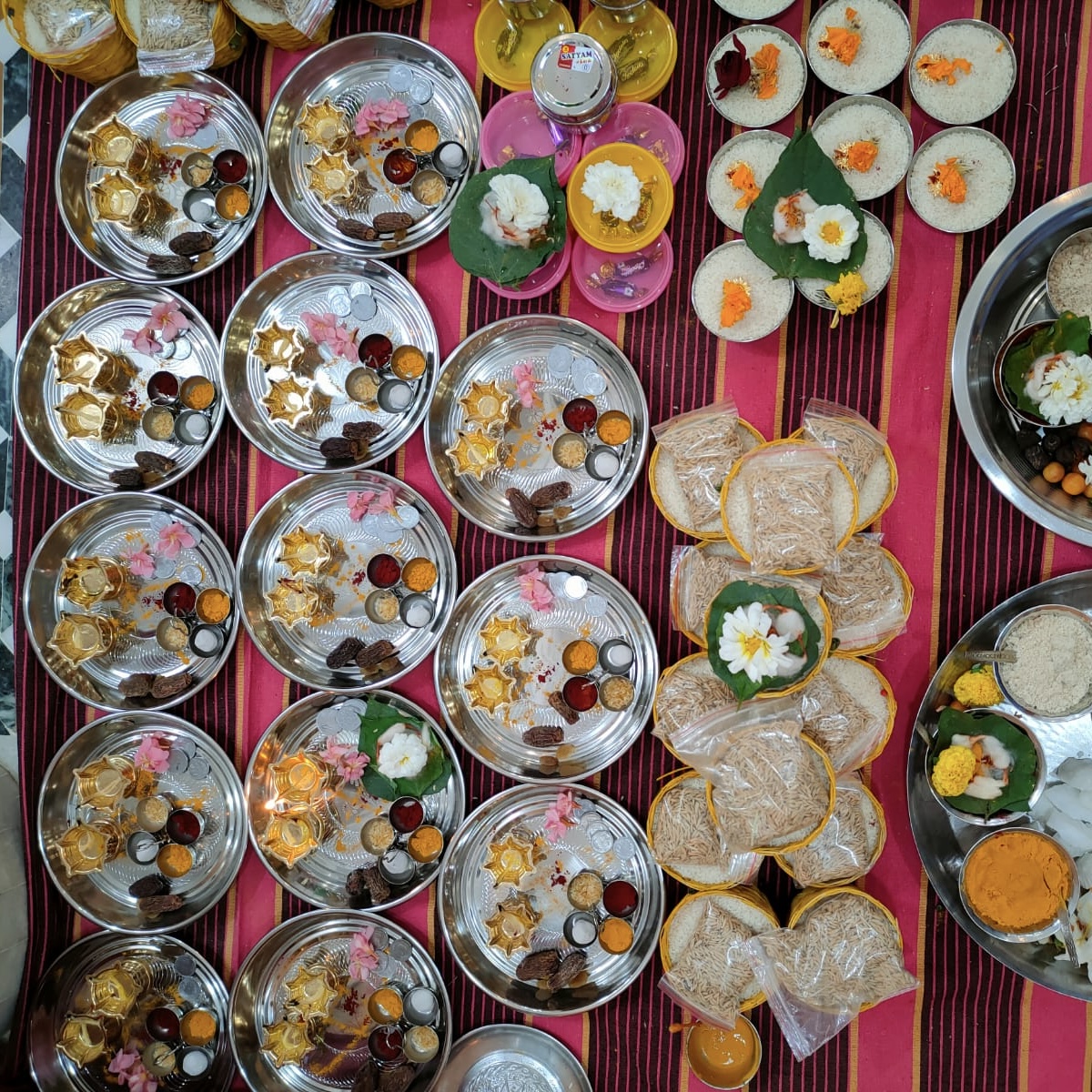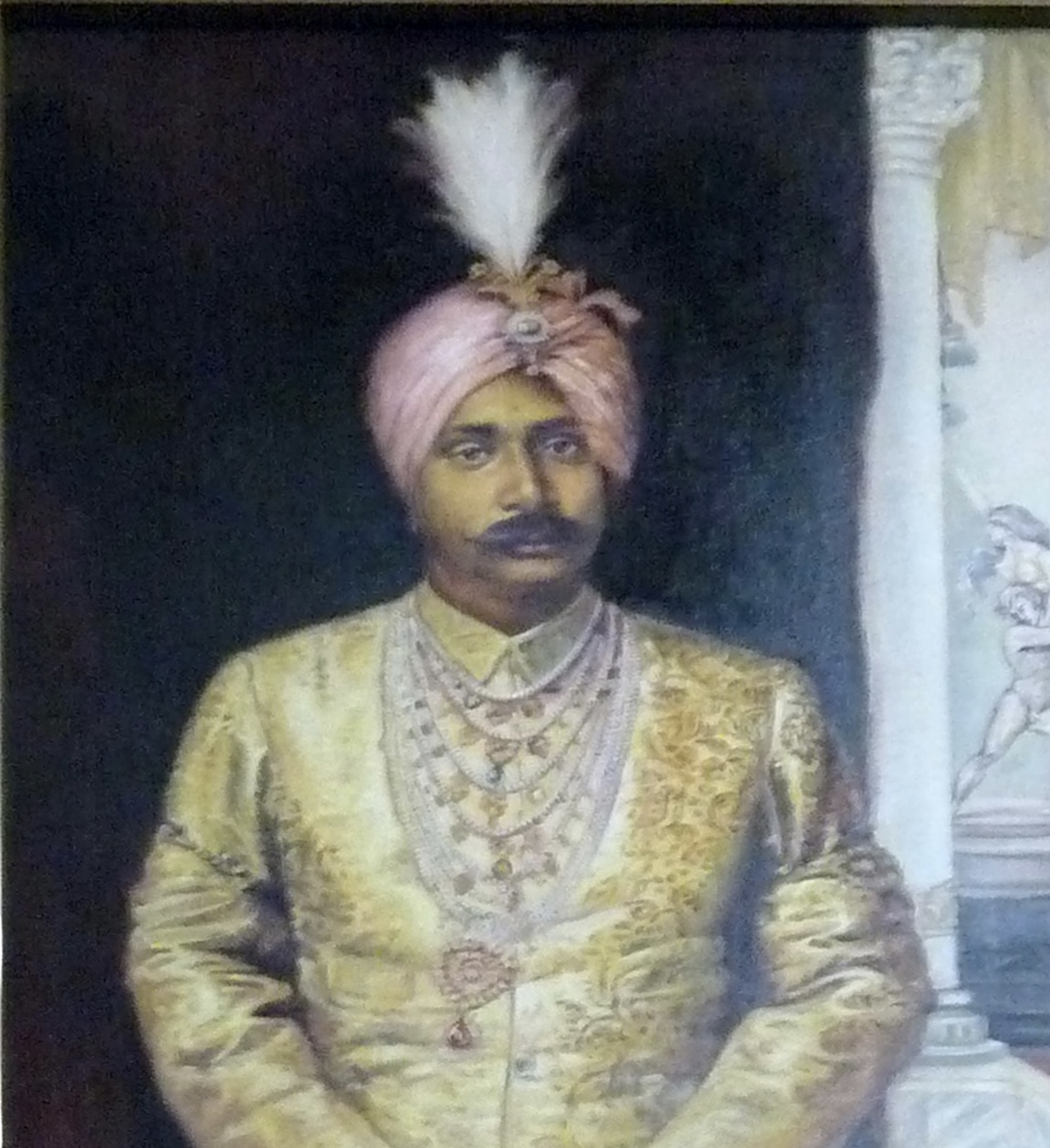Among the countless rituals and festivals that illuminate the rich spiritual calendar of Puri’s Jagannath Temple, Annkut Mahotsav stands out as a celebration of divine abundance, gratitude, and community. Known as “Annakut”, meaning “mountain of food,” this special festival dedicated to Lord Jagannath is a spectacular display of devotion through food offerings—a symbolic gesture of surrender, love, and gratitude to the divine.
Rooted in the ancient cultural and spiritual traditions of India, the Annkut Mahotsav of Lord Jagannath holds unique regional significance. It is not merely a culinary extravaganza; it reflects deep theological concepts about sustenance, humility, and divine care for the universe.
This article explores every detail—historical, ritualistic, and symbolic—about the Annkut Mahotsav of Lord Jagannath and its profound spiritual origins.
What Is Annkut Mahotsav?
The term “Annkut” is derived from Sanskrit:
- “Anna” meaning “food” or “grains”
- “Kut” meaning “a mound” or “pile”
Thus, Annkut refers to a grand mountain-like offering of food made to the deity. In the context of Lord Jagannath, this offering is made as an act of bhakti (devotion) and samarpan (surrender), symbolizing the devotee’s gratitude for the divine grace that sustains life.
At the Jagannath Temple in Puri, the Annkut Mahotsav is observed annually with grandeur and discipline. On this day, the deities of Jagannath, Balabhadra, and Subhadra are offered hundreds of varieties of traditional Odia food items, arranged like a hill or mountain, as part of a sacred ritual known as Mahaprasad Bhog.
Historical and Mythological Origins of Annkut
The origin of Annkut Mahotsav is steeped in mythological lore and Puranic wisdom. Its conceptual roots trace back to the Govardhan Leela of Lord Krishna—an incarnation of Lord Vishnu, of whom Jagannath is a manifestation.
Govardhan Leela and Krishna’s Divine Protest
In Dwapara Yuga, the people of Vrindavan were preparing for their annual worship of Lord Indra, the god of rain. But Krishna questioned the ritual, suggesting that they should instead worship Govardhan Hill, which nourished their cattle, crops, and livelihood.
The villagers agreed, and a huge mountain of food was prepared and offered to Govardhan Hill. Angered, Indra unleashed torrential rain. Krishna, to protect the people, lifted Govardhan Hill with his little finger and sheltered all of Vrindavan beneath it for seven days.
This act symbolized that divine grace and selfless service (karma) are more important than fear-based rituals. Annkut Mahotsav commemorates this episode, reaffirming that God is the ultimate provider, and offerings are made not out of fear but love and gratitude.
Adoption in Jagannath Cult
This Krishna-centric tradition was later adopted into the Jagannath cult, which deeply integrates Vaishnavism, Shaivism, and tribal worship traditions. Scholars believe that the Gajapati kings of Odisha institutionalized the Annkut festival within the Jagannath temple rituals as early as the 16th century.
When Is Annkut Mahotsav Celebrated?
Annkut Mahotsav is celebrated annually on the day following Diwali, during the month of Kartika (October–November) according to the Hindu lunar calendar.
In Odisha, this falls during the holy Kartik Brata, a spiritually significant month for devotees who follow special fasting, pilgrimage, and ritual discipline. Annkut marks the culmination of Kartika celebrations, especially for Habisyalis (widows observing strict Kartik fasts).
It is also part of the Govardhan Puja festivities observed across India, but in Puri, it takes on a uniquely Odia and Jagannath-centric flavor.
Rituals of Annkut Mahotsav at Jagannath Temple
The rituals of Annkut Mahotsav are conducted with profound sanctity inside the Garbha Gruha (sanctum) and Ananda Bazaar (the food market of the temple). Let’s explore each stage of the event:
1. Preparation of the Mahaprasad
- A grand feast is prepared in the Rosha Ghara (temple kitchen), the largest sacred kitchen in the world.
- More than 56 varieties of food items—known as Chhappan Bhog—are meticulously cooked using traditional clay ovens and firewood.
- The offerings include rice dishes, sweets, cakes, lentils, vegetables, and pithas like khechudi, dalma, khaja, poda pitha, rasabali, and more.
2. Decoration of the Offering
- The food is arranged in the shape of a mountain—representing Govardhan Hill—on large brass and clay plates in front of Lord Jagannath and his siblings.
- The food pyramid is adorned with banana leaves, sugarcane stalks, flowers, and tulsi (holy basil) leaves, symbolizing divine purity and abundance.
3. Puja and Arati
- Special Vedic mantras, Gita verses, and Govardhan Leela stutis are chanted by the temple priests.
- The offering is consecrated through Sankalpa (mental offering) and Naivedya (material offering).
- After the ritual, the food becomes Mahaprasad, believed to be spiritually charged and capable of granting divine blessings.
4. Distribution of Mahaprasad
- Mahaprasad is distributed freely or sold at Ananda Bazaar, where devotees from all over India gather to receive this sacred food.
- Many take it home for their families or distribute it among the poor as an act of daan (charity) and seva (service).
Symbolism of Annkut Mahotsav
The spiritual significance of Annkut Mahotsav extends beyond the offering of food. It conveys multiple layers of meaning:
1. Divine Provider and Human Gratitude
The festival is a heartfelt reminder that God is the ultimate provider of all nourishment—not just of the body but also the soul. The offering symbolizes our humble gratitude for what we have received and our readiness to share it with others.
2. Celebration of Abundance and Unity
Annkut represents collective joy and unity. It brings together people from all walks of life—temple cooks, priests, servitors, pilgrims, and kings—under one tradition of service and spiritual nourishment.
3. Earth as the Living Mother
By associating the mound of food with Govardhan Hill, the festival reinforces the idea of Earth as a divine being. This mirrors the tribal and ecological beliefs of ancient Odisha, which saw mountains, rivers, and forests as living entities deserving reverence.
Modern Observance and Legacy
Today, Annkut Mahotsav continues to be celebrated in Puri with undiminished enthusiasm and grandeur. Despite changing times and technologies, the rituals remain rooted in ancient practice. It is also observed in other Jagannath temples across India and abroad, especially by Odia diaspora communities.
Modern temples have started including eco-friendly packaging, organic ingredients, and waste-free cooking during the festival. Yet the core idea remains untouched—sharing sacred food with love.
Annkut Mahotsav is also a catalyst for social unity. On this day, caste, class, and creed dissolve as people sit together, eat together, and rejoice in the universal language of prasad and devotion.
Conclusion
The Annkut Mahotsav of Lord Jagannath is not just a ritual—it is a divine symphony of faith, food, and festivity. It blends mythology, devotion, and community service into a celebration that is as meaningful as it is magnificent. From the spiritual symbolism of the mountain of food to the loving preparation of Mahaprasad, this festival teaches us gratitude, humility, and reverence for nature and the divine.
In a world often divided by material greed and individualism, Annkut Mahotsav offers a timeless reminder: when we offer from the heart and share with others, we align ourselves with the divine rhythm of life.




